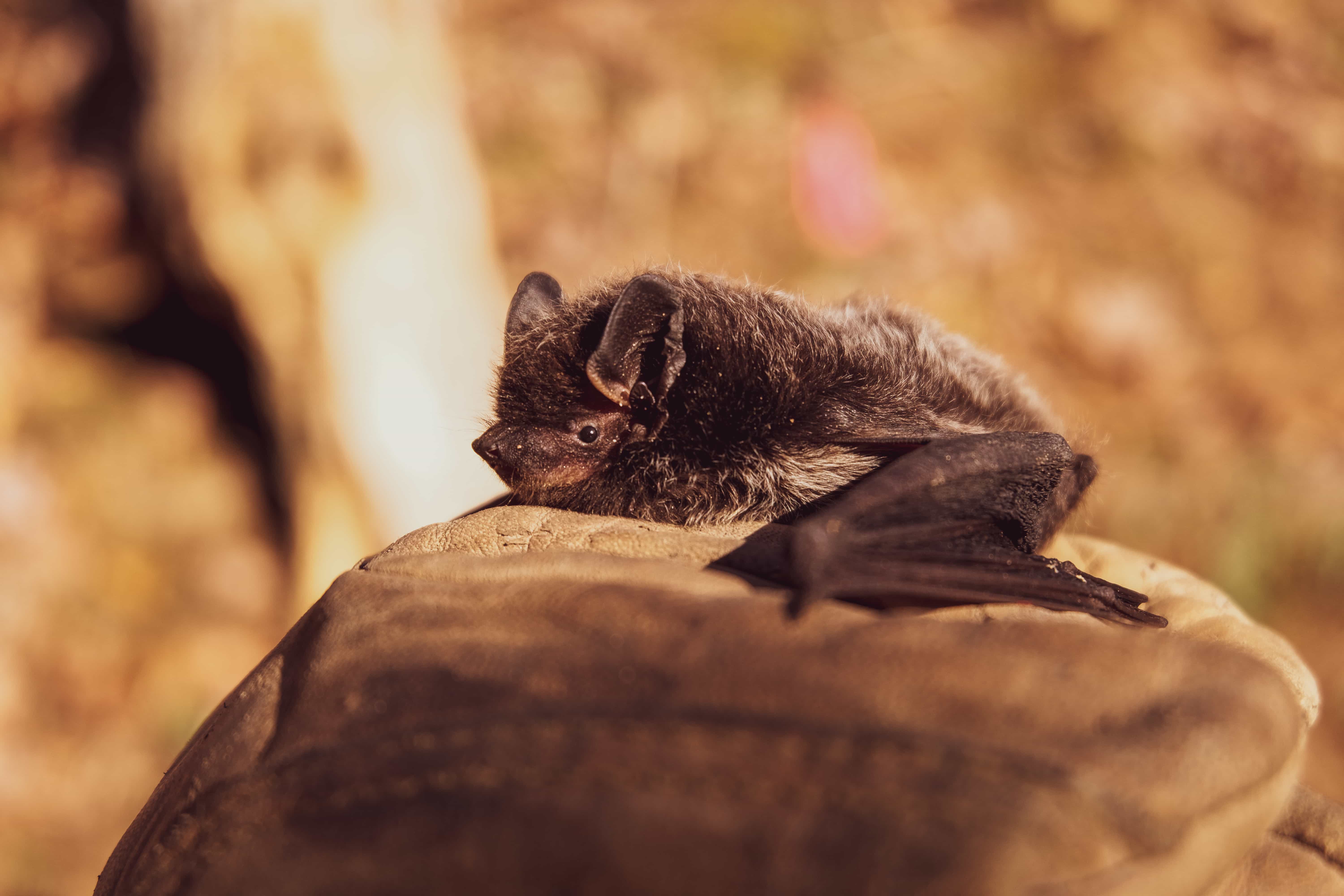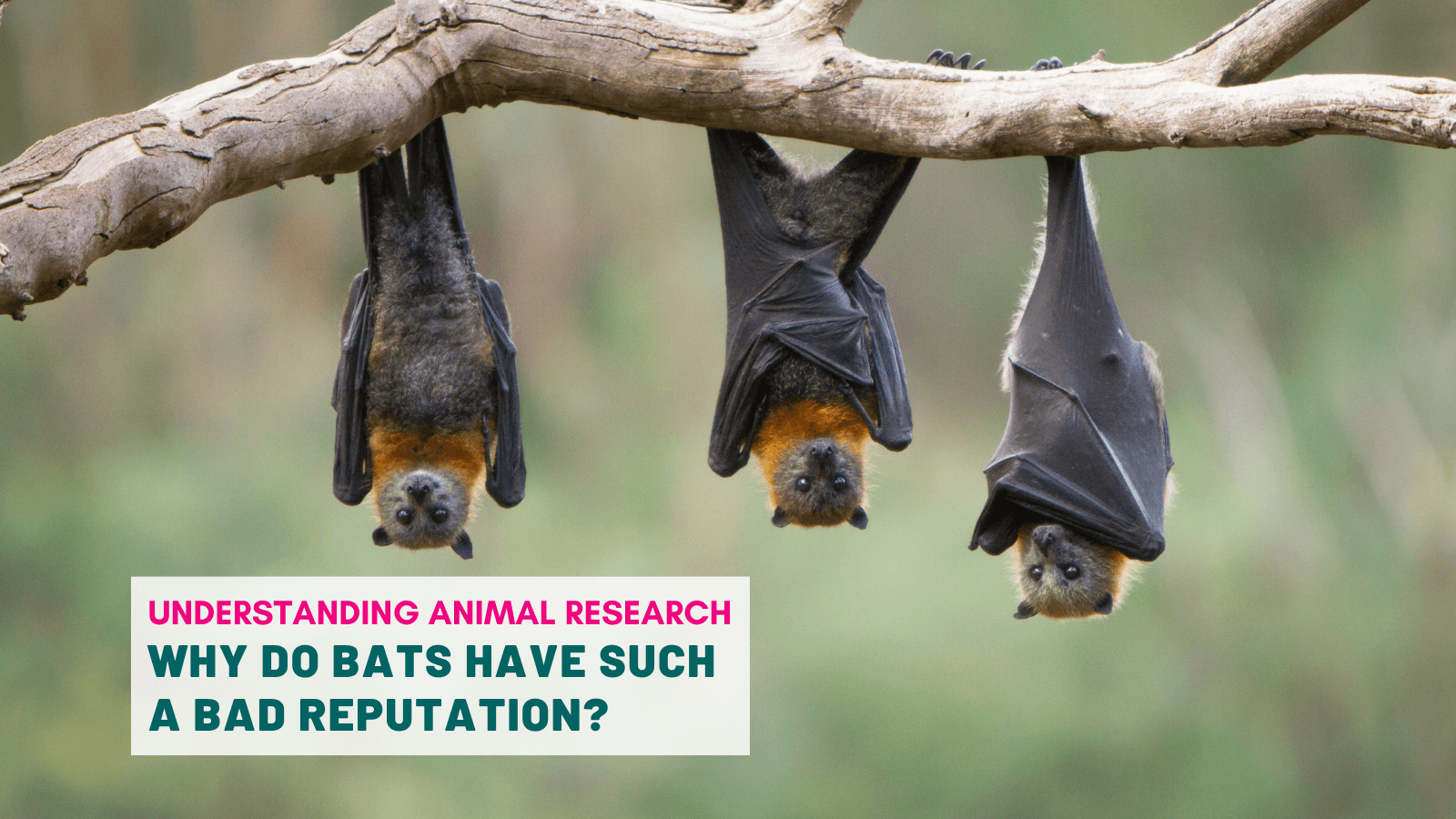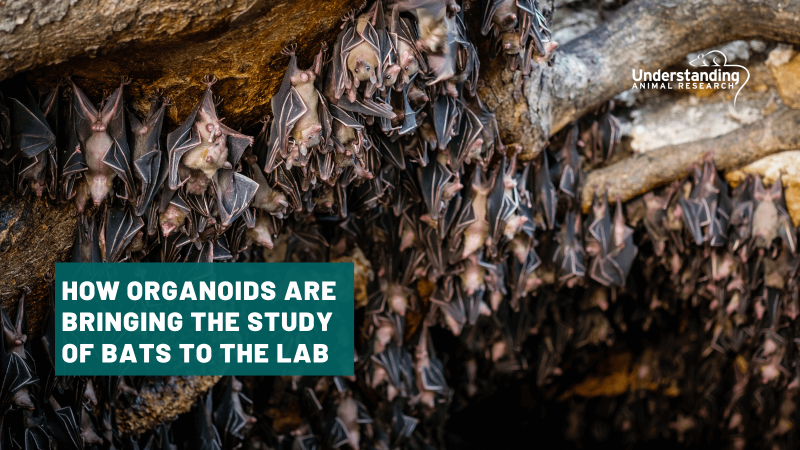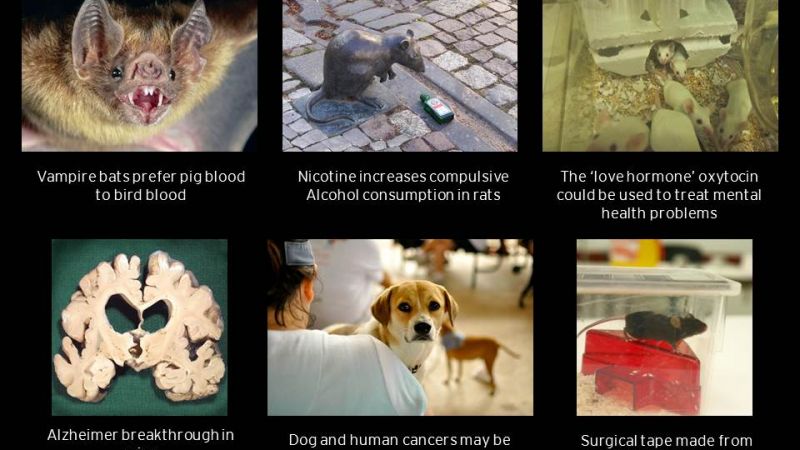Blood suckers, hair grabbers, disease carriers… bats often have a bad reputation and are feared and persecuted across the world, when in fact, there are a number of reasons to thank bats. They help people and ecosystems in countless ways.
Being carriers of diseases is probably one of the most damaging stereotypes for bats. But contrary to popular belief, not all bats have rabies. In fact most don’t. And although they are the principal reservoir for the disease, less than 1% of all bats worldwide actually have the disease. There is in reality, statistically, a higher chance of individuals contracting rabies from dogs than bats.
So why do bats have this target on their back? Concern over bats being carriers of disease is not unfounded. But “bats have gotten a really bad name because of the high profile pathogens that they do carry, such as Ebola, Rabies, Marburg, or Nipah, some of which can be deadly,” explains Dr Miles Carroll, Deputy Director and Head of Research & Development Institute of Public Health England.
And while it is true that bats are latent hosts to various viruses, bacteria, and fungi that can affect humans, so are other animals such as dogs or cats. Experts now estimate that 75% of all emerging human infectious diseases originate in animal populations, among them bats, but they are far from the only mammals.
“Bats probably also carry a whole array of diseases, many of which we do not get.” The strength of evidence that bats are a reservoir of zoonotic viruses is undeniable, but there are other factors that need to be considered.
Bats coexist with disease
In many respects, bats represent the perfect reservoir for emerging zoonotic pathogens. Diseases may spread from bat to bat easily. They live in large and tight colonies so infections can bounce between one bat to another. They can fly and disseminate pathogens over considerable distances. Moreover, bats have a colder body temperature and can tolerate viruses humans cannot. With the exception of viruses in the Rabies family, bats rarely develop any clinical signs. “The likely reason why bats can live with these pathogens is that they have a particular genetic makeup, ” explains Dr Carroll. “The bat’s innate immune response has unique properties that allow it to handle viruses and coexist with them to some extent.”
Indeed, a number of genes involved in innate immunity were found to be under strong positive selection in bats compared to other mammals. This accelerated evolution of innate immune genes may reflect evolutionary adaptations that have led to the superior antiviral capacity bats possess. As such, the bat could be an important model for studying the mechanisms for ways to maintain viruses asymptomatically, which could have broad significance in human medical research. The four bat genomes currently studied represent vital resources to the scientific community for investigating host-pathogen interactions on a global scale.
Bats have therefore the capacity to host many different pathogens without showing any symptoms. The sheer number and diversity of viruses identified in bats is extraordinary and appears to be increasing almost daily. This begs the question as to why bats have developed this intriguing capacity. Researchers believe the bats could be using some asymptomatic viruses as shields for other pathogens or diseases. Indeed, primary viral infections have the ability to prevent subsequent infections by homologous viruses. Continuous infection in bats could also bestow a superior antiviral immune state against new invading viral pathogens, by promoting a continuously activated antiviral state. Moreover, considering bats are extremely long lived for their body size and that they demonstrate low rates of tumorigenesis, it is also possible that some bat viruses may have oncolytic properties.
The spill-over of bat diseases
 While bats have adapted to living with many diseases, some of these pathogens have proven to be highly lethal in other mammalian hosts, humans included. And although the behaviour of some diseased bats may result in more contact with humans, pathogenic spill over events are mostly caused by anthropogenic activities such as habitat loss and human encroachment, which increase interactions between bats, humans, and livestock, thereby heightening zoonotic potential. The destruction of natural habitats caused by urban or agricultural expansion has forced bats into urban and farming areas, heightening the chance of these interactions.
While bats have adapted to living with many diseases, some of these pathogens have proven to be highly lethal in other mammalian hosts, humans included. And although the behaviour of some diseased bats may result in more contact with humans, pathogenic spill over events are mostly caused by anthropogenic activities such as habitat loss and human encroachment, which increase interactions between bats, humans, and livestock, thereby heightening zoonotic potential. The destruction of natural habitats caused by urban or agricultural expansion has forced bats into urban and farming areas, heightening the chance of these interactions.
The spread of the Nipah virus is a case in point. The combination of deforestation of bat habitat in Southeast Asia between 1997 and 1998 with the El Niño Southern Oscillation event triggered the encroachment of bats into pig farming and fruit growing areas in Malaysia. During that time, the Nipah virus seems to have transmitted from bats to domestic pigs and subsequently to humans, with fatal outcomes for both.
So humans might in fact be pressing contact with bat populations, encouraging diseases to hop across. Simply left alone, bats are primarily harmless and highly beneficial, essential parts of the ecosystem and vital to the balance of nature around the world. Left undisturbed, each night, they eat thousands of flying insects that are agricultural pests, pollinate and spread seeds, and fertilize plants with their waste. Little brown bats, among the most common bats in the East and Midwest, can eat as many as 1,200 midges and mosquitoes per hour. Without them, other diseases can flourish, such as those spread by the insects that bats eat.
Like most wild animals, bats prefer to avoid contact with humans. But in situations where bats and humans come into close proximity, it is important to understand how to prevent negative outcomes for humans AND bats. The awareness of bats as disease carriers just means that more care has to be taken when it comes to managing and caring for the bat population. Effective bat conservation can help reduce the risk of zoonotic disease through better understanding and effective management of human-bat interactions.
So this time of year may an opportunity to turn the tables around, and celebrate the persecuted bats, instead of villainising them.
References:
https://blogs.ntu.edu.sg/hp3203-2018-13/bats-reputation/
https://www.verywellhealth.com/whats-so-bad-about-bats-1958985
http://conditions.health.qld.gov.au/HealthCondition/condition/14/217/14/bats-and-human-health
https://www.ncbi.nlm.nih.gov/pmc/articles/PMC3814676/
https://www.ncbi.nlm.nih.gov/pubmed/23258410
https://news.mongabay.com/2017/08/bats-and-viruses-beating-back-a-bad-reputation/
http://www.batcon.org/resources/for-specific-issues/bats-human-health
Last edited: 25 January 2024 15:46




